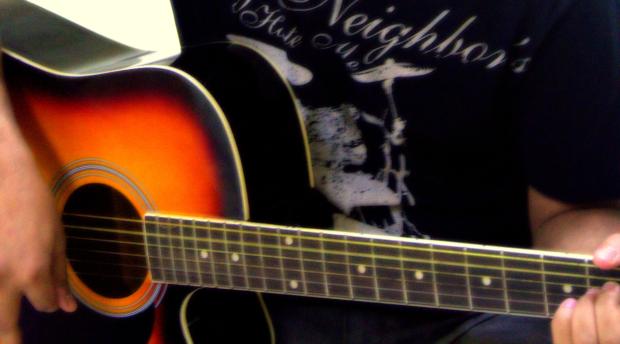
Photo: Siddharth Kankaria/ Research Matters
If you have read Malcolm Gladwell’s ‘Outliers,' then you might be well acquainted with the ‘10,000-hour rule’, which states that to master a new skill, such as playing the piano or knitting, one needs 10,000 hours of practice to become world-class. This long practice, studies show, facilitates ‘motor learning’ - a set of complex processes that occur in the brain in response to practice or experience of a certain skill, resulting in changes in the central nervous system.
Now, researchers from the Indian Institute of Science, Bengaluru, Prof. Ashitava Ghosal, Prof. Aditya Murthy and their student Mr. Puneet Singh, have conducted a study to show how doing the same task in many different ways, due to redundancy, can improve motor learning.
In our day-to-day activities, redundancy is ubiquitous. For instance, when we pick up a pen, there are a number of ways in which we can reach for it or clasp our fingers around it, thereby orienting our joints knuckles around the pen differently, thus performing the task with flexibility. Previous research had shown that this difference in orienting the joints, also called motor variability, was detrimental to motor learning. This may be due to the fact that having various ways of doing the task can make it rather confusing to learn one particular method. However, the current research has debunked this belief and has proved that increased variability aids learning because having different methods for performing an action can lead to exploration which in turn promotes motor learning.
There are two components to the variability of joints – one refers to doing a task in different ways called null space variability. Being able to reach the pen in different ways is an example of null space variability.
The researchers conducted three-phased experiments to study how null space variability helps in learning. In the first phase, called pre-adaptation, the subjects were simply exploring different ways of doing the same task without any perturbations. A perturbation was added in the second phase called adaptation and in the third phase, called post-adaptation, the subjects were asked to perform a task after learning to handle the perturbation. “The pre-adaptation phase quantifies the exploration of redundancy space, the adaptation phase applies different perturbations and helps to observe the process of learning, and the post-adaptation phase quantifies whether subjects were able to learn the task or not,” explains Mr. Puneet Singh.
For the experiment, the subjects were required to perform a task in two scenarios. In the first, they have presented a target they had to reach with their dominant hand. In the second, the subjects were required to move a robotic hand to reach the target in the presence of an external force using their non-dominant hand. The researchers studied the trajectories of the hand for all the three phases while performing these tasks. In the pre-adaptation phase, the trajectories were almost straight since the task was performed repetitively. In the adaptation phase, the external force led to curved trajectories, which eventually straightened out, with practice.
The results of the study showed that higher the variability in doing a task higher was the learning rate. Also, in the case of performing tasks using the two hands, it was found that the non-dominant hand had a lower learning rate, as well as a smaller degree of redundancy.
This research is a big step in exploring how our brain learns and how one could improve their motor skills. “This principle can be a basis for the design of new learning rehabilitation protocols or new training protocols for sports where the exploration of redundancy can be enhanced. This can potentially make subjects learn faster compared to standard training protocols that may emphasize task repetition”, signs off Mr. Singh.






